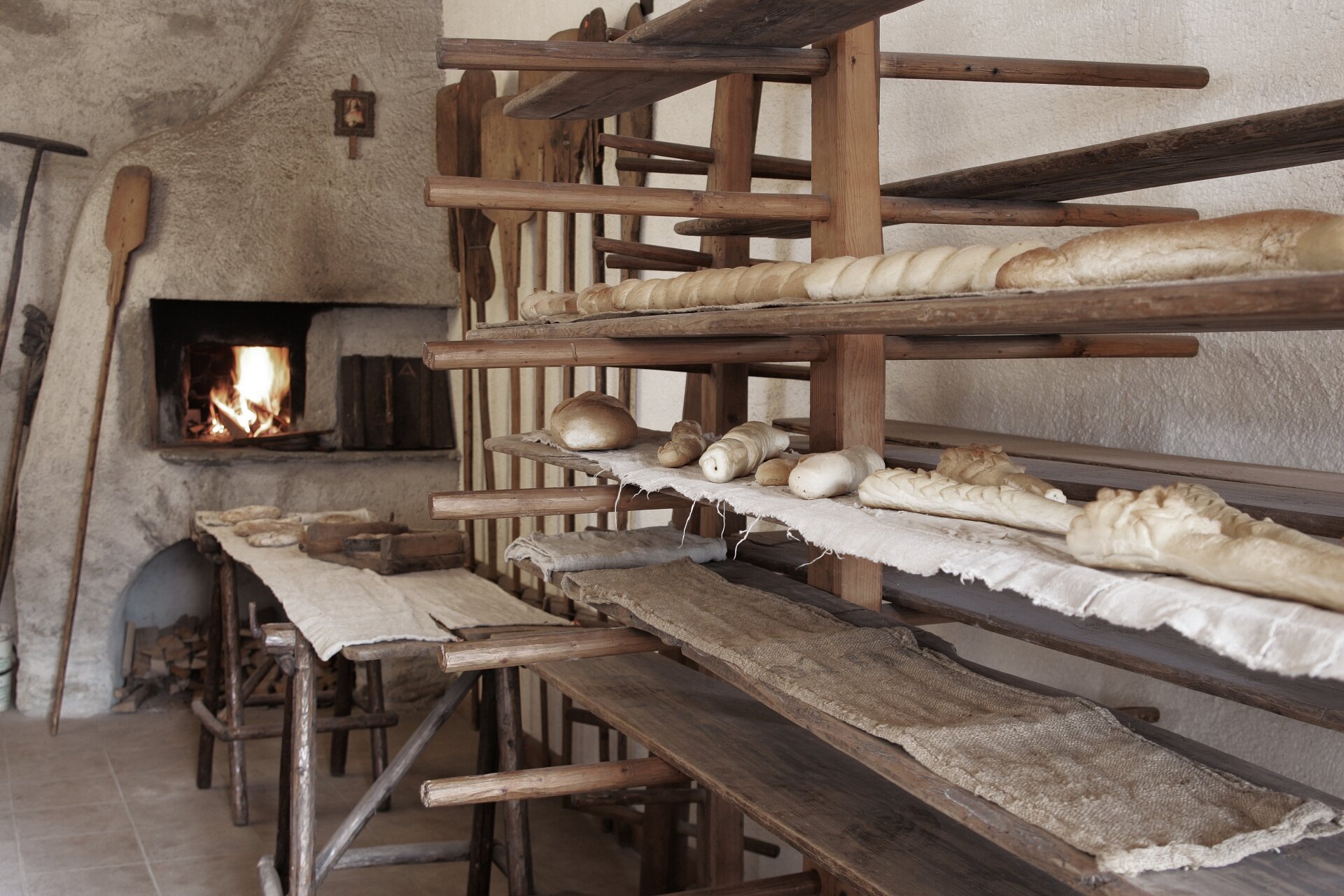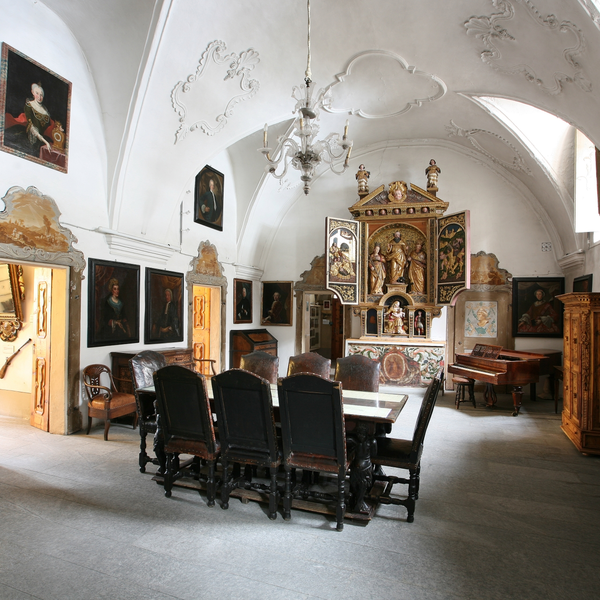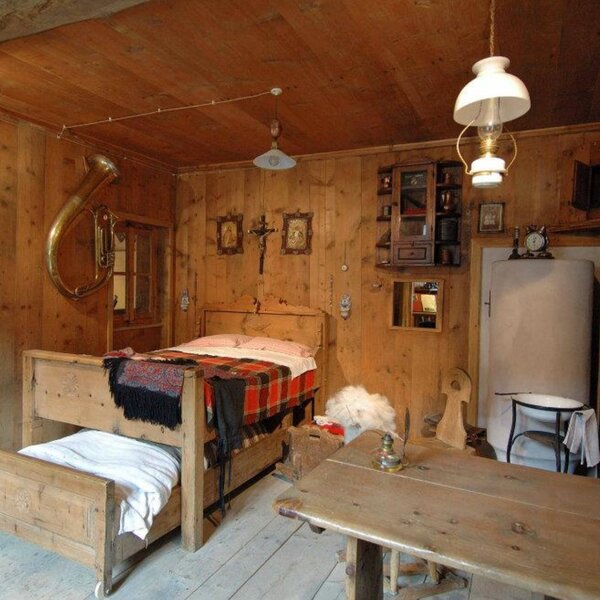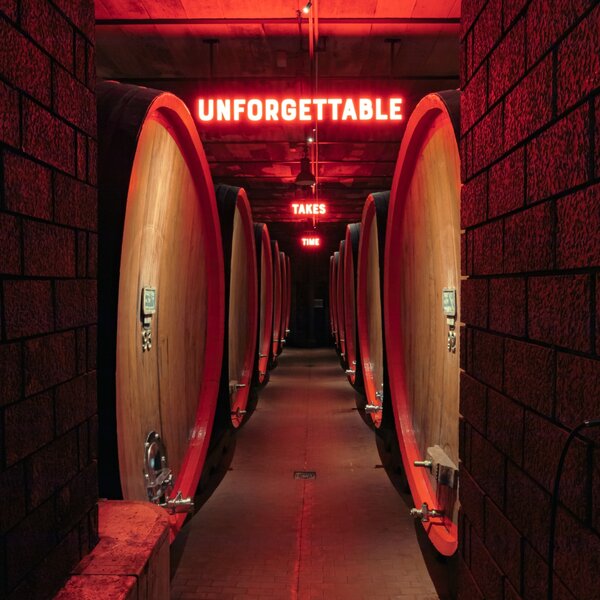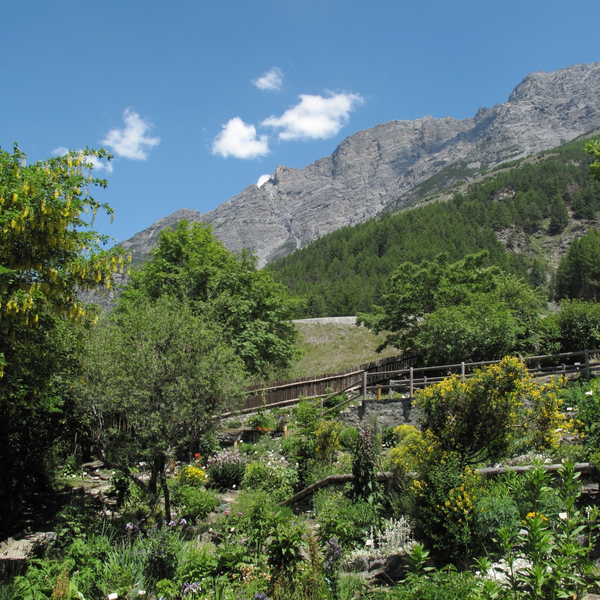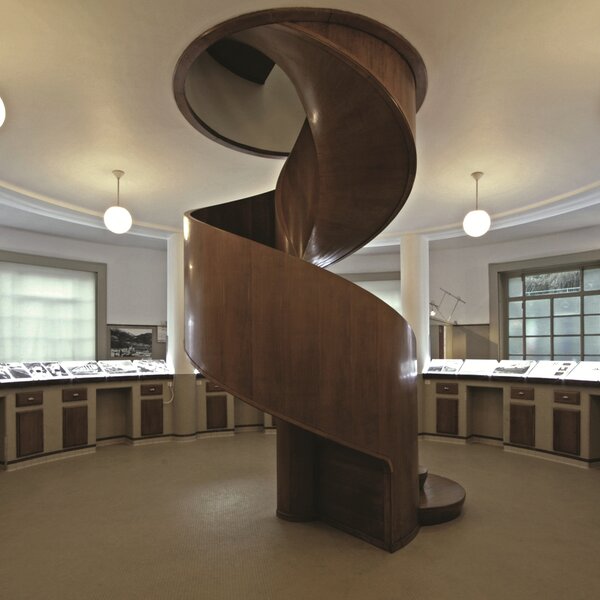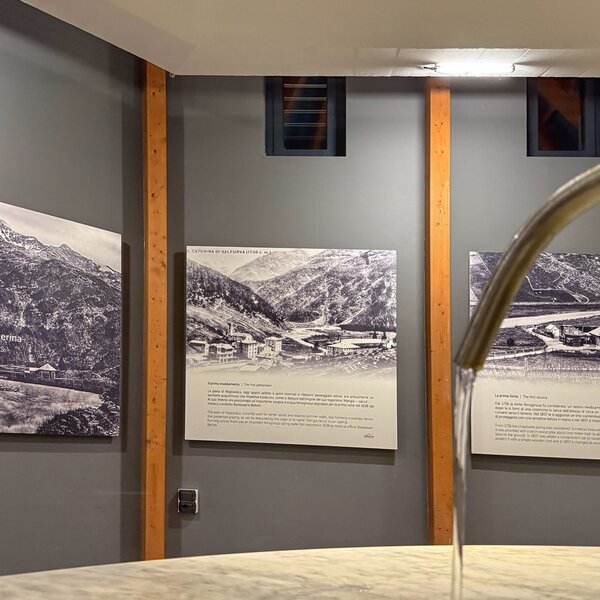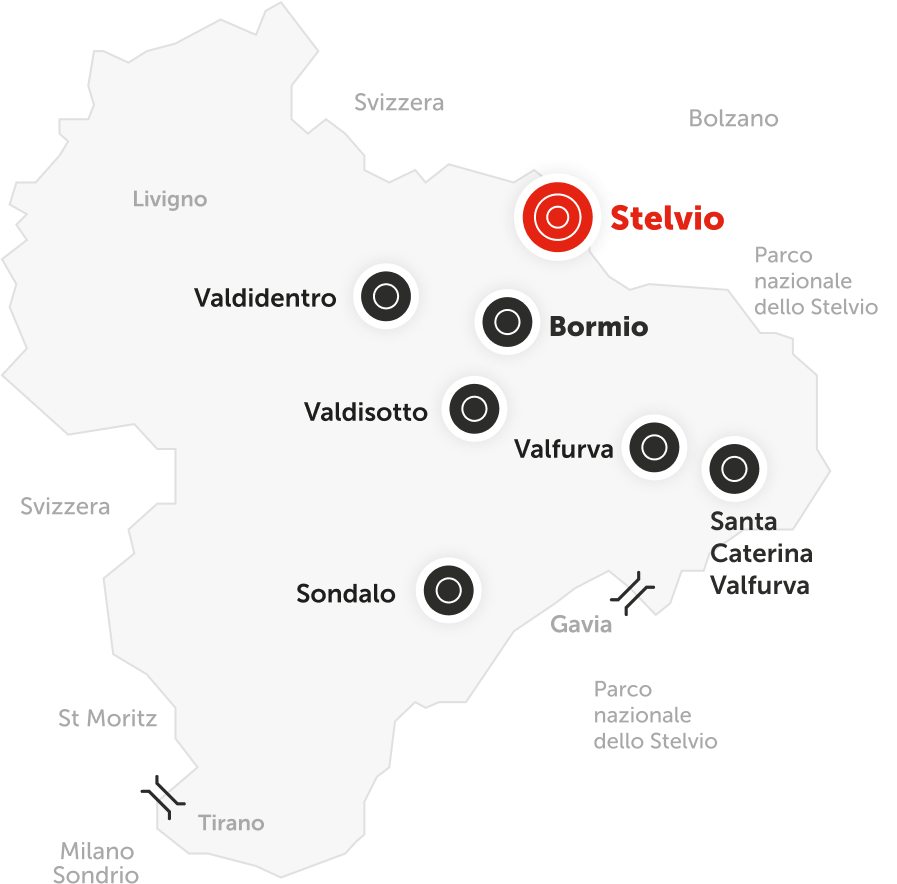From temporary shows to workshops and permanent exhibitions, there's never a dull moment at the museums in and around Bormio.
Uncover our roots by visiting the many museums that conserve and showcase part of our history. From Bormio to Sondalo, Valfurva to Valdisotto and Valdidentro, you can find museums, exhibitions and workshops on nature, geology, the local area, history, art and tradition – and kids are welcome too.
You’ll find something for all ages and interests, with topics ranging from nature and geology to art, the local area, food and wine, history, traditions and healthcare. What catches your eye?
